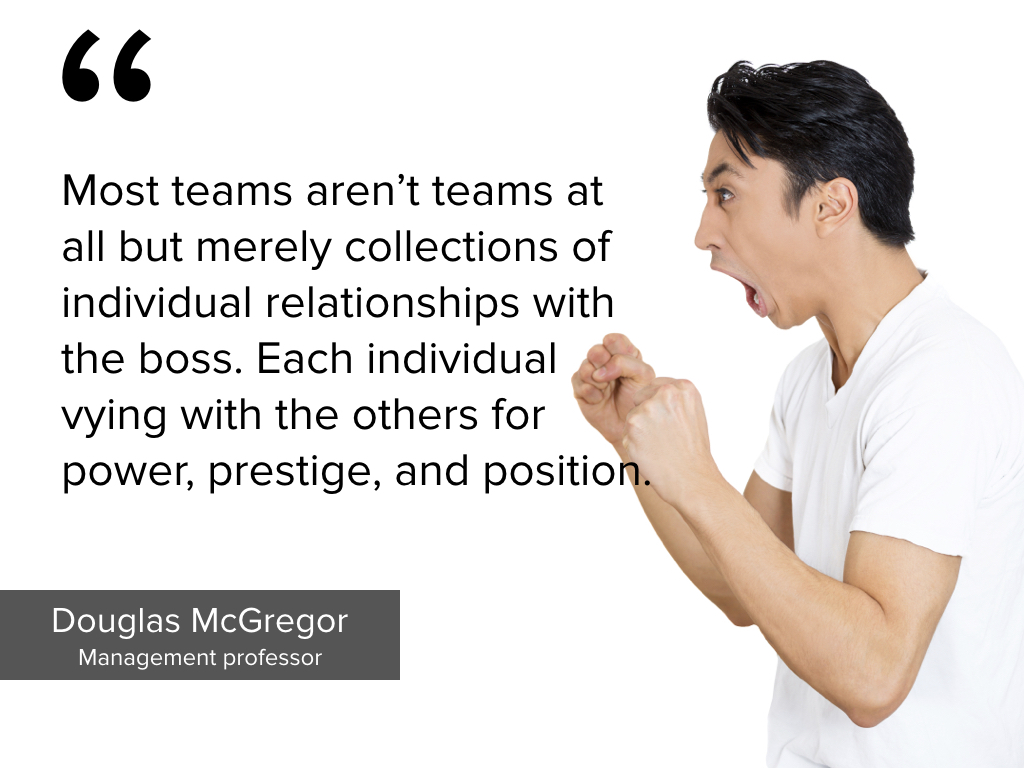Since our last post on systemic management, we have received some questions. We will be treating the how and where to start in another article. For this post, we wanted to cover the why.
We have done OK so far managing in traditional ways, so what suddenly happened that we have to turn the enterprise upside down and the management techniques with it?
Traditional management was organised for a slower world. Enterprises were built over decades. The power of the corporate enterprise was in its resilience from the deployed infrastructure. We could see coming from a distance the emergence of new competitors, with plenty of time to react. Scaling also took time from regional to national to global. The competition was, and remained, the usual suspects that we could keep on the radar.

The iPod defined Digital by bringing together the product, the content and the service
The change started to shake up in the late 80s/early 90s, with the convergence of content and medium. I remember analysing the media strategies in my business school days. Those days were the backfall from Betamax versus VHS. Electronics giant such as Sony, Matsushita, Philips, were diversifying aggressively in the content industry in support of the standards they were trying to impose. Then came Apple with the iPod, and they settled the score for good. Apple brought the product, the content AND the service in one package. It killed the Walkman. I believe that this moment defined Digital. It only accelerated thereon. More recently start-ups like Spotify and NetFlix managed to enter the scene very rapidly, thanks to Cloud computing. They did not need to build the assets over some decades. Their ideas could scale virtually overnight and reach a global audience. Spotify could compete with iTunes. The resilience of corporates did not matter as much anymore. Speed and agility emerged as essential criteria to succeed. Digital has changed the rules of success.
In nearly 25 years of the commercial internet, the most significant change for enterprises is happening now
I have been working with Digital since 1995, which was the start of the commercial Web. The initial days were about brochureware and PR. Then came eCommerce, online servicing, mobile internet, multi-channel, social media, etc. During all this time, the internet was only a channel. It was getting increasingly sophisticated but was on the periphery of the enterprise none the less. Enterprises could bolt it to the perimeter with simple interfacing into the core systems. Since it was not central, businesses generally entrusted external partners with the Internet strategy and its realisation. The increasing costs of IT also called for looking at cheaper alternatives and outsourcing to low-cost locations. With increasing Digital demand, it became necessary to coordinate the activities across the business, and came the time of the CDOs (chief digital officers) or Digital CIOs.
Now Digital can no longer sit on the periphery; it is core to and indivisible from the product/service mix
The elevation of Digital to the core brings with it the most significant impact on organisations and management techniques since the emergence of the internet. For all this time, we treated Digital and IT as a cost of doing business and organised accordingly. It is fair to recognise that most enterprises have not fundamentally changed their shape despite a desire for digital innovation and performance. Business and IT remain separate verticals of the organisation. Many large corporates, such as banks, would have outsourced c. 50% of their IT capability too.
Now, IT is an essential element of the digital differentiation. IT was a supplier to the business; now it is an integral part of it. Much work was sourced from external suppliers; now it needs more hands-on leadership. Do not get me wrong, suppliers are still useful, just like a car manufacturer does not produce its bolts and nuts. But the mix of the suppliers will change. With the advances in Cloud computing, it is evident that much outsourcing of infrastructure is on the cards. On the other hand, with Digital at the core, the levelling of demand brought about by continuous delivery, the need to unify operating processes and stimulate innovation, Enterprises have to consider insourcing much of their development capability. In so doing, they need to reconsider their leadership capabilities too.
Organisations are shifting from transistor-like organisations to microprocessor-like organisations. They need to be smaller, integrated and process decisions much faster

Leading development and innovation demands a very different management style than procuring the work from suppliers. Please enter the world of knowledge work. The worker having more knowledge than the manager on the details of the work is what defines knowledge work. Ask yourself, when is the last time that you wrote a line of Java? Knowledge workers are most of the time intrinsically motivated and can self-organise. As I was saying in another article, teams of knowledge workers are naturally intelligent and creative … and we should manage them in such ways. Managers have to adapt and learn new techniques for systemic management.
Task-based management is highly inefficient for many reasons:
- It divides rather than unites the team
- The manager becomes the bottleneck at the centre of every decision
- Everybody is overburdened with much wait time, context switching and resulting waste
- People become reactive rather than proactive, which stalls most initiatives of continuous improvements
- Eventually, it leads to attrition
The alternative is systemic management, which is difficult alchemy to achieve:
- Manage the teams as intelligent systems, facilitate workshops rather than instruct
- Share the intent and assist the teams’ progress toward the solution
- Put collaboration at the centre of communication
- Drive purpose from focusing on outcomes rather than practices
- Handle edges, conflicts and energy levels
- Hear all the voices of the system, even the quiet ones; you may learn something new
- Monitor the emotional field, knowledge workers are also HUMANS and have emotions
For a manager, this is a difficult switch, especially as it is not going to work the first time around. We have task-managed and controlled the teams for so long that they won’t switch to autonomous working overnight. In most cases, we do not know how to pull this together either. We lead individuals in the team but do not have the practices to manage teams systemically.

Quote hosted by Agora Pulse recently shared by Mike Cohn from Mountain Goat Software
Systemic management needs work, patience and persistence, qualities that seem to have diluted in today’s business world. Although Digital appears to accelerate the environment, it does not mean that we should only manage in the moment. As a matter of facts, much more attention should be placed on the strategic direction and resilience of the business. With the rapidly shortening tenure of flagship Corporations in the financial S&P or FTSE indexes, building businesses to last will become fashionable again. Regaining strategic time starts with building a more autonomous system of work. Less fire-fighting means more time for continuous improvements, change management and strategy. It is what systemic leadership is all about.
If you need help with such a transition, please get in touch.
You may also review our first article in the systemic management series on Medium. Please follow us.

